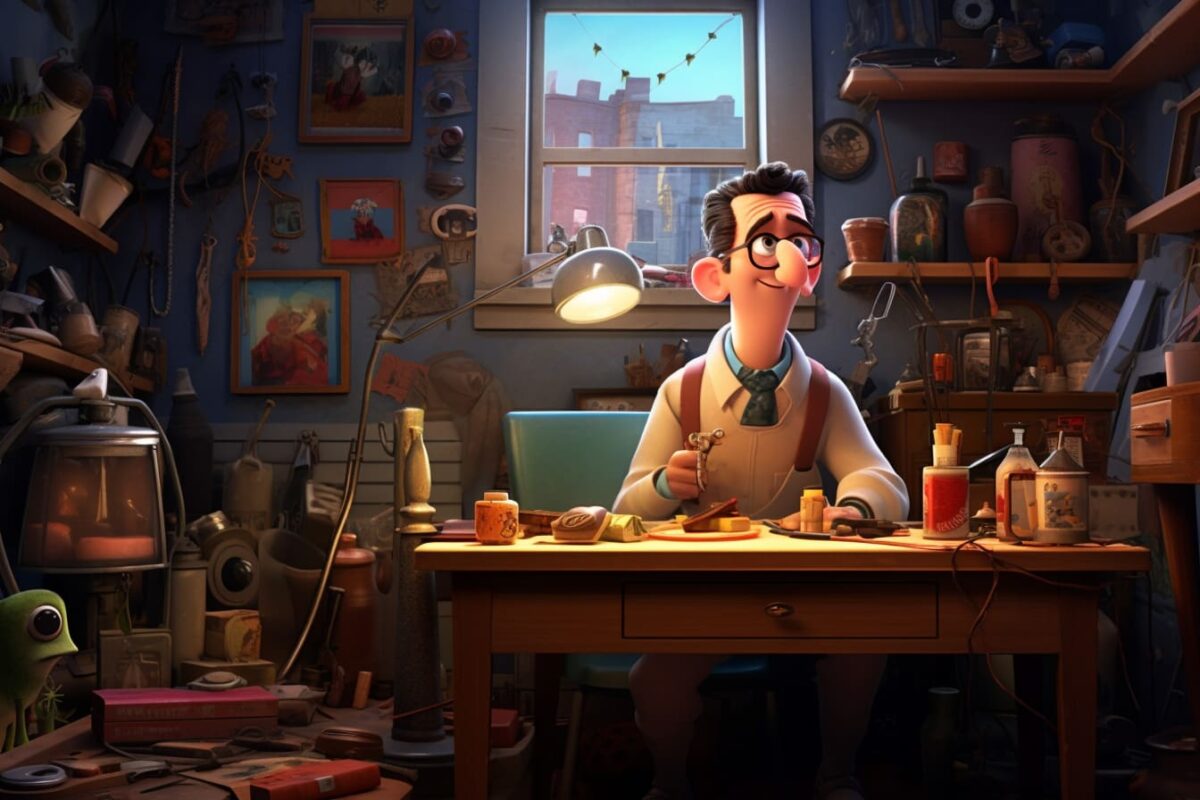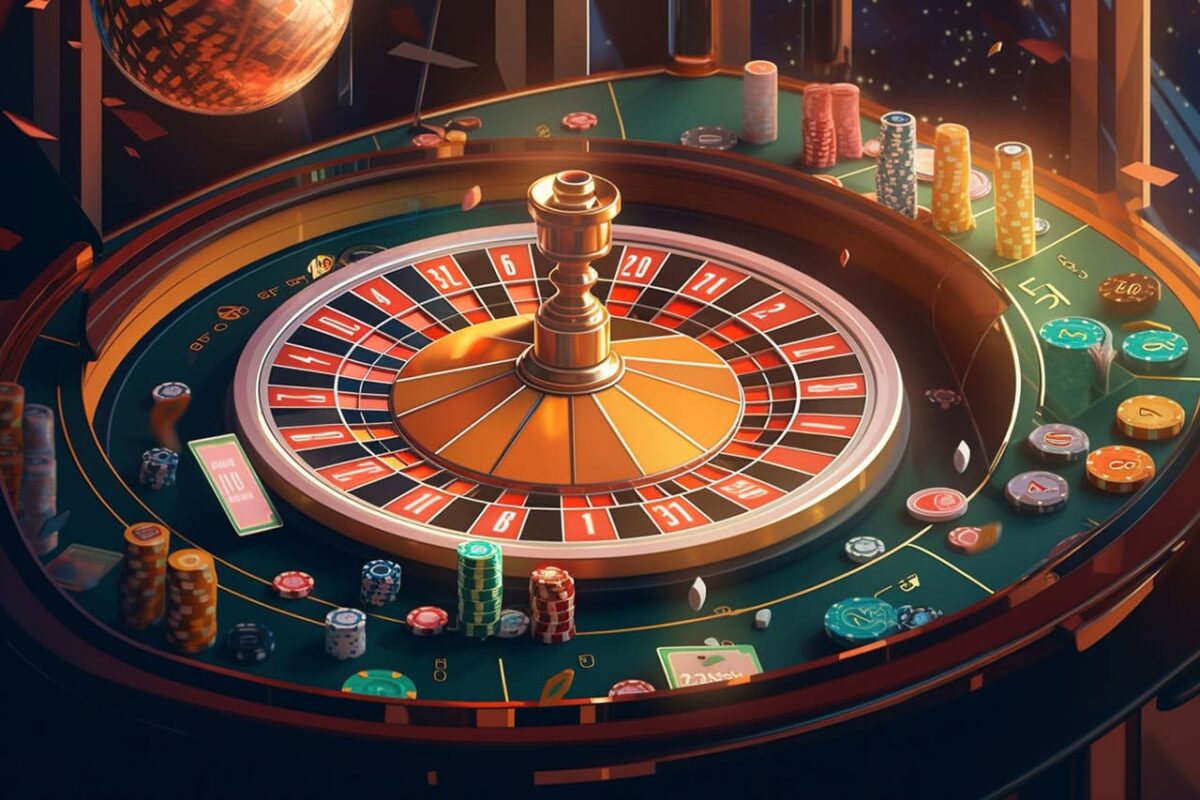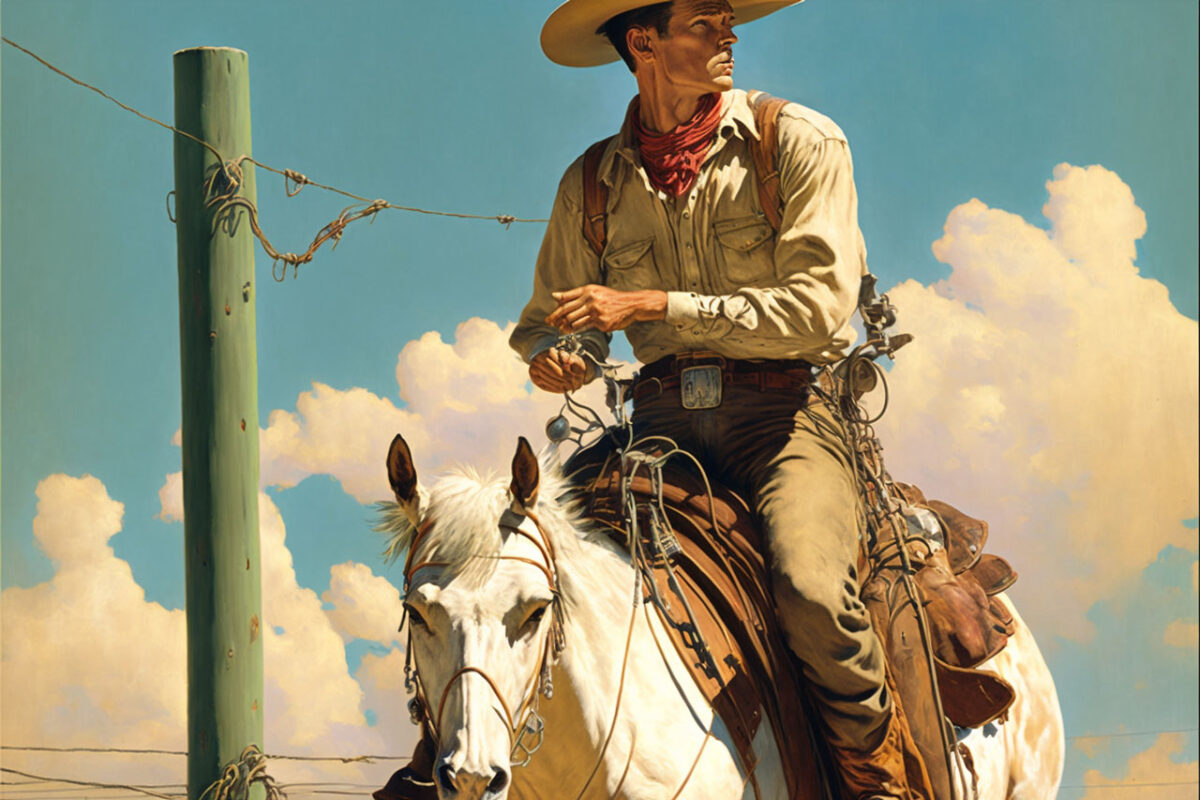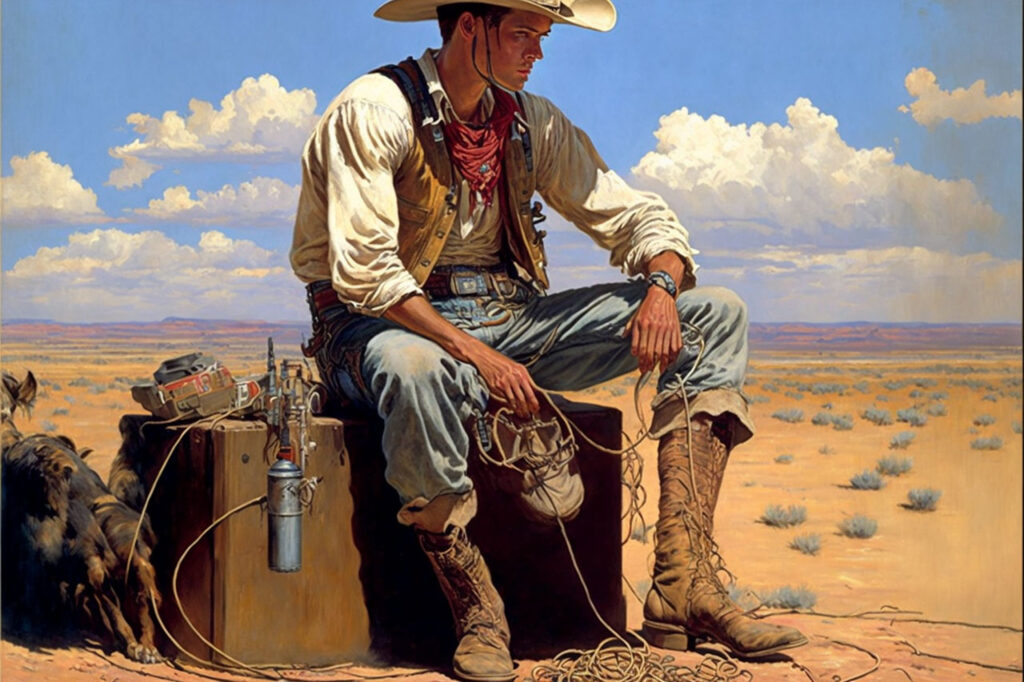Greetings, my fellow seekers of creative inspiration! Today, let’s embark on a captivating journey through time and explore the intricate relationship between history and modern creativity. History isn’t just a collection of dusty old books and forgotten tales; it’s a boundless wellspring of ideas that continue to shape our creative landscape.
A Journey Through Time
Imagine stepping into a time machine, whirring back to the days of antiquity, or strolling through the bustling streets of a bygone era. As you immerse yourself in the past, you’ll find that the echoes of history reverberate through our contemporary art, design, literature, and even technology.
The Artistic Renaissance
Take, for instance, the Renaissance—a period of unparalleled artistic fervor and innovation. Artists like Leonardo da Vinci, Michelangelo, and Raphael flourished during this era, leaving behind a legacy that continues to inspire modern creatives.
Their masterpieces, characterized by realism, perspective, and meticulous craftsmanship, set the bar high for aspiring artists today. The Renaissance painters’ dedication to their craft, relentless pursuit of excellence, and their unquenchable curiosity are lessons that echo through the ages.
Literary Time Travel
Literature, too, is a time machine of its own. Classic works from authors like Shakespeare, Jane Austen, and Charles Dickens transport us to different epochs, immersing us in the trials, tribulations, and triumphs of their characters.
But it’s not just about reading these timeless tales; it’s about understanding the essence of storytelling that transcends centuries. Their narratives, character arcs, and thematic explorations continue to influence writers, screenwriters, and storytellers in crafting engaging and emotionally resonant narratives.
Technological Evolution
Even in the realm of technology, we find the fingerprints of history. Innovations like the Gutenberg printing press, the Wright brothers’ first flight, and the moon landing all bear witness to humanity’s relentless quest for progress.
The inventors and pioneers of the past inspire today’s tech visionaries to push boundaries and seek solutions to the challenges of our time. They remind us that innovation often springs from the seeds of imagination and perseverance.
The Unseen Threads
It’s not always the overt historical references that shape our creativity. Sometimes, it’s the subtle, unseen threads that bind us to the past. The cultural norms, societal shifts, and collective memories of our ancestors influence the way we perceive the world and create our art.
For instance, the social upheavals of the 1960s left an indelible mark on art, music, and fashion. The counterculture movement challenged the status quo, inspiring a wave of artistic expression that continues to resonate with modern rebels and free thinkers.
Embracing Historical Inspiration
So, how can we, as modern creatives, embrace historical inspiration? It begins with curiosity—a willingness to delve into the annals of history, explore different eras, and unearth the hidden gems of the past. Here are a few steps to get started:
- Read Widely: Dive into historical texts, novels, and accounts. Immerse yourself in the voices of the past.
- Visit Museums: Museums are treasure troves of historical artifacts and artistic achievements. Take the time to wander through their halls.
- Travel Back in Time: Through historical documentaries and period films, you can virtually step into different epochs.
- Connect the Dots: Reflect on how historical events, figures, and cultural shifts can inform your creative work.
- Experiment: Incorporate historical elements into your projects, whether it’s a painting, a story, or a design concept.
As you explore history’s corridors, you’ll discover that the past isn’t a stagnant landscape but a vibrant source of inspiration waiting to breathe life into your creativity.
The Creative Tapestry
In closing, remember that your creative journey is woven into the rich tapestry of history. Embrace the echoes of the past, for they are the threads that connect you to the great minds and moments that have shaped our world. Let history be your muse, guiding your hand as you craft your own chapter in the grand narrative of creativity.
In our next exploration, we’ll dive into the realm of mood and emotion in artistic work. Until then, keep your curiosity aflame, and may history’s whispers inspire your creative endeavors.



